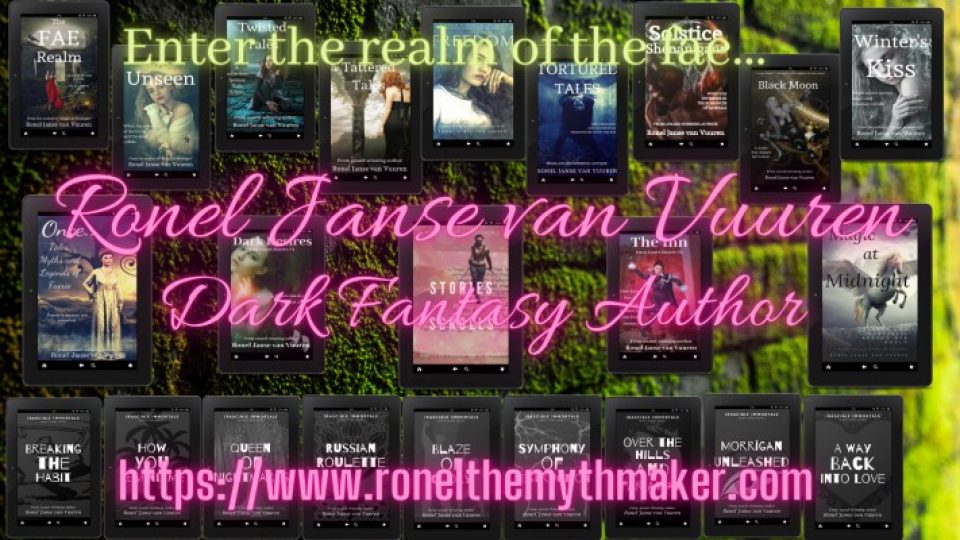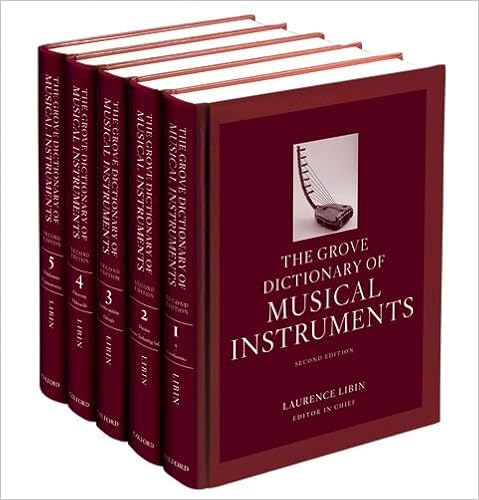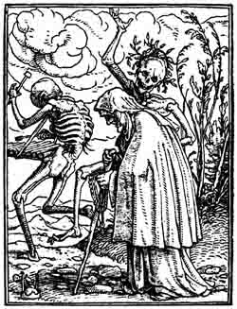Tags
#AtoZChallenge, A-Z Blogging Challenge, behind the scenes of writing, Echo Labyrinth, Faerie, Harmonic Court, labyrinth, Labyrinth Fae, music, my writing, Plato, preview of work, purple flowers, Ronel Janse van Vuuren, Tales of the Onyx Labyrinth, writing, xylophone, Xylophone and Death, xyst
X is for Xylophone.
Today I’ll be discussing xylophones. And yes, it will tie back to my writing 😉
Let’s start with ten fun facts about the xylophone.
You’d probably recognize the rainbow-patterned, lap-size plastic xylophone in the playroom, popular among music-minded toddlers. But what do you know about the real thing? The xylophone is a wooden percussion instrument with a range of four octaves, and can be used in a variety of musical genres.
- No one really knows the xylophone’s origins. Although they are present in the traditional music of Melanesia, Southeast Asia, Europe, Africa, and more, its birthplace and date remain a mystery. In 1511, it was called “wooden clatter” and later a “straw fiddle” in Europe.
- Often confused with its cousin the marimba, the xylophone has thick, hardwood bars and elicits much sharper, shorter notes, so the two instruments are often used together for a more varied tone.
- Although the xylophone is often identified by its piano-esque appearance, this layout wasn’t established until the 20th century. In Eastern Europe in the 16th century, xylophone bars were laid out on straw in four rows (instead of today’s two rows), and this practice continued for over 300 years.
- Think a xylophone on top of straw is odd? In East Africa, a quick, makeshift xylophone, called a “loose bar xylophone”, was placed over banana stems, and this may have actually been what inspired the straw technique. The debate continues as to which is a more efficient method.
- The xylophone was an essential part of comedy duo Harrigan and Hart’s routines during the late 19th century. It was probably because of the duo’s success on Broadway that the xylophone is still a staple in American musicals today.
- Although it’s an essential part of any orchestra or concert band today, it wasn’t until the 20th century that the xylophone became as important to classical music as it was to musicals. In the 1970s it even became a featured instrument in ragtime, particularly in the music of percussionist Bob Becker and his ensemble NEXUS.
- In Senegal, xylophones have been used as part of initiation ceremonies, played by young girls and boys. Among other practical uses, it was also used to scare birds, monkeys, and other pests out of the gardens.
- In Latin America, the xylophone is actually interchangeable with the marimba, and has been used in Guatemala since before the 17th century, when it was first documented. When Guatemalan independence was celebrated in 1821, the marimba became the national instrument.
- Today’s xylophones are usually made of hardwood, but can also be constructed from other types of wood, including maple or even bamboo. However, you’re likely to get a much different sound depending on what type of wood you use.
- The xylophone is often used to effect the sound of clanking bones, making it as relevant in a Halloween movie as in jazz.
The above are only ten facts from the extensive entry in the The Grove Dictionary of Musical Instruments.
Such a fascinating instrument – especially when you’re musically inclined.
I think my favourite use of the xylophone is in The Croods where Belt plays on bones while Grug and Guy are slowly being pulled down to the depths of a tar pit.
It’s not odd that they used the sound of a xylophone as such. According to the Vienna Symphonic Library the xylophone has been linked with the sound of rattling bones for a long time.
In his famous painting Dance of Death from 1523 Hans Holbein the Younger imbues the xylophone with death imagery; a skeleton in the procession plays a portable xylophone, the sound of which thus comes to symbolize the rattling of bones. This is the first known portrayal of a xylophone in Europe.
You might be asking why my sudden fascination with xylophones.
Well, the Echo Labyrinth is all about music.
Echo Labyrinth
Music everywhere. Have to sing/play a song on a musical instrument to make the walls move and let you go where you wish to. Still has Elves as servants that can go anywhere. The right music can move/heal/change anything.
Home of the Harmonic Court and of Princess Calliope, betrothed to the Duke of the Onyx Labyrinth. The colour mostly associated with this labyrinth: pink and purple.
Though all music is important in the Echo Labyrinth, one instrument reigns supreme: the xylophone.
Only a select few from the Harmonic Court are allowed to play this instrument.
Everyone knows the important role of music and how it can do anything.
When the Digmoles attacked the Onyx Labyrinth, Princess Calliope from the Echo Labyrinth protected everyone by singing.
“‘Princess, can you use your musical powers to keep the falling debris off everyone?’
Calliope smiled happily. ‘Of course. How did you know?’
‘Guardians have keen observation skills.’
Calliope started to sing something in a language Daphne didn’t understand, but it created a dome of light over the courtyard.”
– Beauty Underneath, Tales of the Onyx Labyrinth, Ronel Janse van Vuuren
All music instruments have their part to play. And though flutes can magically enthrall creatures and harps can open doorways, the xylophone can summon death.
Most of the Fae of the Labyrinth do not know this, but even the King of the Dead can enter the Labyrinth at will and go where he pleases. A xylophone was gifted to him by the first Duke of the Echo Labyrinth to navigate the Labyrinth. Since then, a xylophone played without purpose can summon death to all who hears it.
Music can do anything in the Labyrinth…
Though there isn’t much plant life in any of the Labyrinths (except the Verdure Labyrinth), the Echo Labyrinth does have a xyst with lots of purple and pink flowers.
It is thought that this xyst is the centre of the Echo Labyrinth’s power. The Harmonic Court won’t allow any outsiders to ever see the xyst for fear of losing their musical abilities.
If one closely observed the flowers growing in the xyst, one would notice how they emit soft notes that disappear into the floor and ceiling with soft wisps of sound. Only purple and pink flowers do this.
What do you think of the Echo Labyrinth? Don’t you get chills from thinking about how many times xylophones have been used in various compositions, knowing what it means in the Labyrinth? Which instrument would you like to be able to play?
If you like the Echo Labyrinth, then you’ll love the story “Princess of Echoes” in my short story collection “Once…”.
Sign up for my newsletter and receive a free ebook. I won’t share your information and I’ll only email you once a month with updates on new releases, special offers, and a bit of news.











Lots of information here. I remember playing Xylophones with colored keys in elementary school (but I thought they had metal keys)
http://sagecoveredhills.blogspot.com/2017/04/x-is-for-x-in-summer-sky.html
LikeLiked by 1 person
Some still do, though the original xylophone was made from wood.
LikeLike
Great facts. I love how you’ve incorporated music into your world. And xyst is another X word that was new to me today!
LikeLiked by 1 person
After I finished the xylophone part I felt the piece needed something more about how music is born in the Echo Labyrinth and my dictionary provided the inspiration 🙂
LikeLike
Hi Ronel – Xylophone … such a fun instrument – if one is musical. Reference to your Echo Labyrinth … some friends have just come back from San Francisco where they visited the Exploratorium … where perception was key to various of the exhibits … cheers Hilary
http://positiveletters.blogspot.co.uk/2017/04/x-is-for-x-war-facts.html
LikeLiked by 1 person
Sounds awesome, thanks Hilary 🙂
LikeLike
I always think of xylophones as kid’s toys. They are not. I learned a lot today.
LikeLiked by 1 person
I’m glad you found my post informative 🙂
LikeLike
Fantastic! I feel I learned quite a bit in this post today. I enjoy the sound xylophones make, especially when they are made with different materials. That’s cool how it worked into your writing.
LikeLiked by 1 person
Xylophones are awesome and it’s fun to try and differentiate between the sounds of different xylophones 🙂
LikeLike
I’ve always thought of xylophones as kind of the ugly step-child of musical instruments, so I’m glad to see it prominently featured here. The ones made out of wood do make one think of bones, so I love how it’s connected with death. 🙂
LikeLiked by 1 person
Thanks, Sara 🙂
LikeLike
Love all the xylophone facts. Did you find out why it’s called sylophone? Your observation about sounding like bones reminds me of the Saint-Saëns “Danse Macabre.” So fun.
LikeLiked by 1 person
Probably a “tomato tomaato” thing 😉 I’m glad you liked the xylophone facts.
LikeLiked by 1 person
Hah! Probably!
LikeLiked by 1 person
Hah! Probably!
Oh! just saw this in Wikipedia:
from the Greek words ξύλον—xylon, “wood”[1] + φωνή—phōnē, “sound, voice”,[2] meaning “wooden sound”
I never would have guessed a Greek origin. That shows how non-Greek literate I am! 🙂
LikeLiked by 1 person
I’ve always considered theZylophone to be a fairly unmusical instrument up there with bagpipes, but then I admit to being a perfectionist when considering things instrumental! Great post nonetheless, and I simply adore the flaming violin picture. Thanks for a really entertaining month, and for your visits to Amble Bay. We’ll miss you!
It’s farewell to Amble Bay!
LikeLiked by 1 person
Thanks, Keith 🙂 The flaming violin is awesome. I’m glad you enjoyed my posts.
LikeLike
Pingback: Reflecting on the #AtoZChallenge2017 #AtoZReflections #AuthorToolboxBlogHop | Ronel the Mythmaker